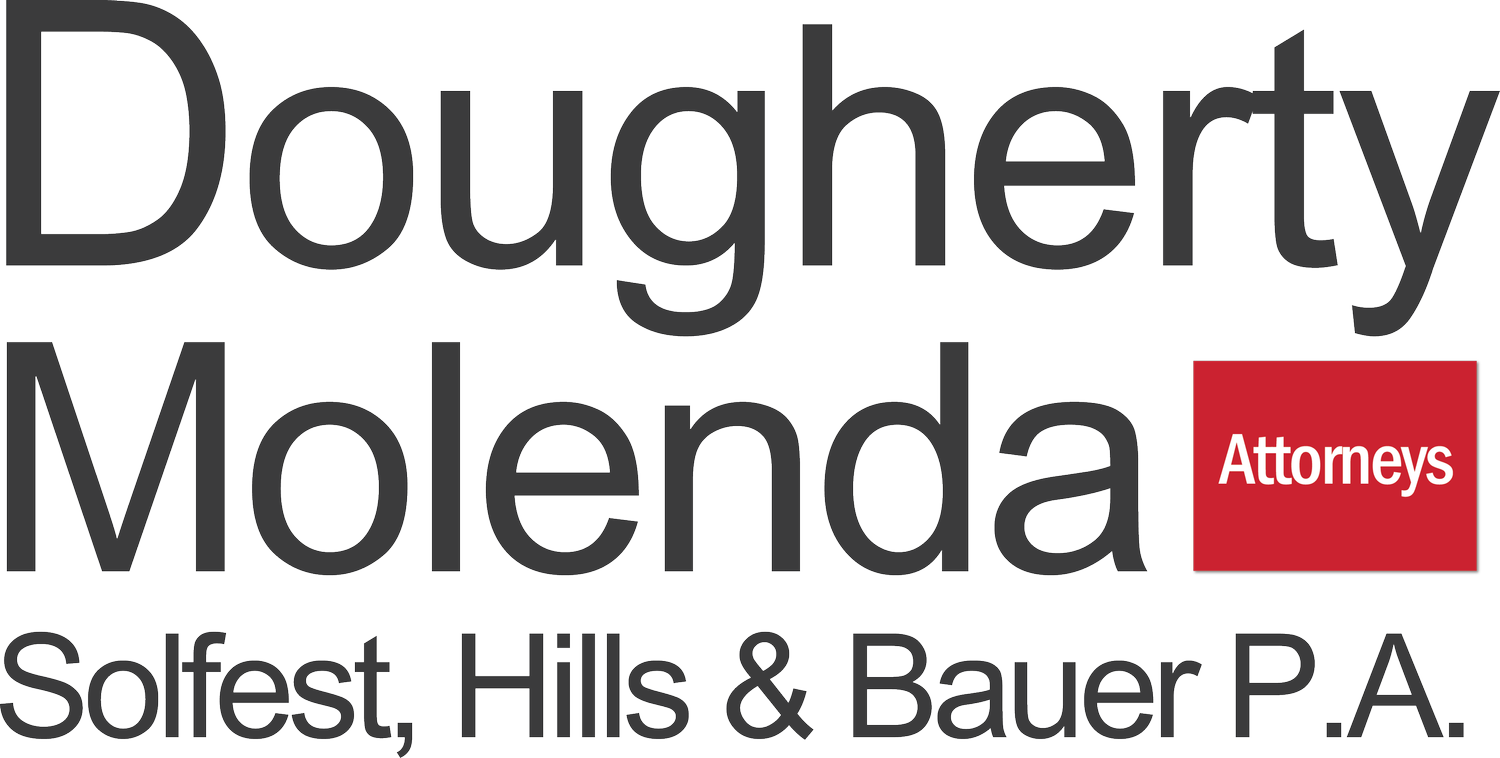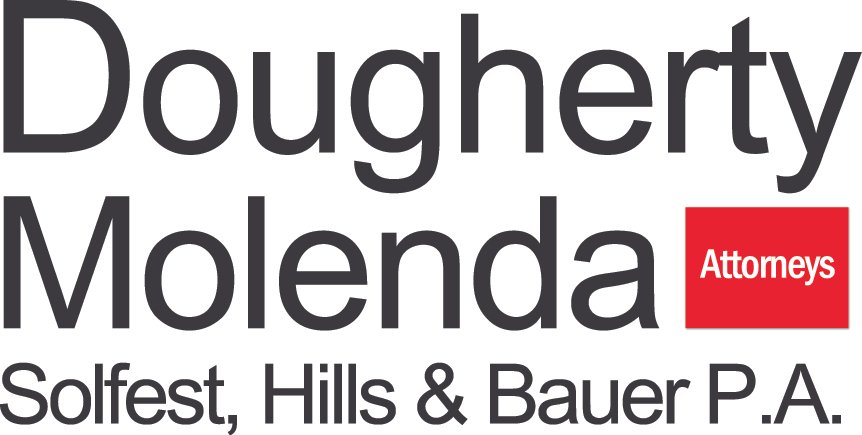Minnesota Garnishment & Levies: A Practical Playbook for Creditors
Timing, exemptions, and trust-account hygiene
A judgment is a piece of paper. Collection turns it into money. In Minnesota, garnishment (wages and bank accounts) and levies are the core tools. Success is equal parts process and persistence. Do the mechanics right, anticipate exemption claims, keep pristine accounting—and keep cycling your remedies until the balance is gone.
Set up your file like a pro
Map the debtor’s world. Employers, banks, recurring income sources, and asset types. Use post-judgment discovery (financial disclosure, subpoenas, debtor exam) to fill gaps.
Calendar everything. Answer deadlines, return dates, and repeat cycles.
Keep running interest and costs updated so payments apply in the correct order.
Wage garnishment essentials
Serve the packet (including required notices) correctly and track service dates.
Follow up on employer disclosures; challenge incomplete responses.
Expect exemptions for a portion of wages. If a debtor claims an excessive or unsupported exemption, be prepared to contest it with a short motion and supporting facts (paystubs, benefit records).
Bank garnishment essentials
Time it near paydays or known deposit dates.
Understand that certain funds (public benefits, some pensions) may be exempt or require special handling.
Move fast with follow-on garnishments if the debtor shifts accounts.
Levies and personal property
Coordinate with the sheriff for levies on non-exempt personal property.
Do a cost-benefit analysis—storage and sale can consume value. Sometimes a levy’s best use is as leverage for a payment plan.
Trust-account hygiene (for counsel)
Garnishment checks made payable to the firm as agent should be deposited in trust and promptly disbursed to the client, less authorized fees/costs.
Maintain a clean paper trail tying each dollar to the writ and judgment.
Reconcile monthly; communicate balances and interest with the client.
When debtors fight back
Motions to quash or exemption claims: respond factually, attach records, and cite the notice language you used. Courts reward compliance and clarity.
Bankruptcy filings: halt collection, file proofs of claim, and preserve your secured/priority positions where applicable.
Negotiating payment plans that actually finish
Use confessions of judgment or stipulated orders to lock in terms and fee-shifting if default occurs.
Get automatic ACH with a missed-payment trigger (e.g., accelerated balance).
Tie waivers of post-judgment remedies to full performance, not good intentions.
Bottom line: The creditor who runs a disciplined process—notice, follow-through, exemptions, and clean accounting—usually wins the collection race.
Need to turn a judgment into cash? Our litigation team executes end-to-end Minnesota collections.

